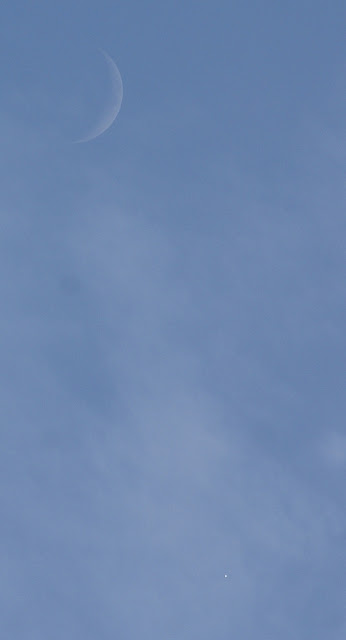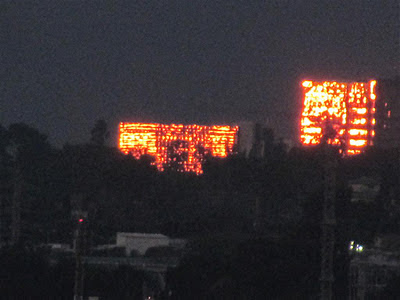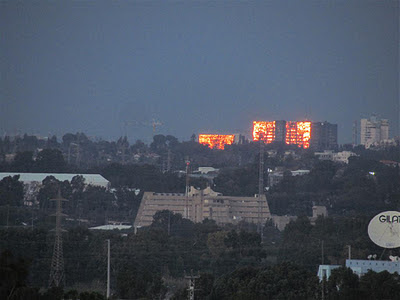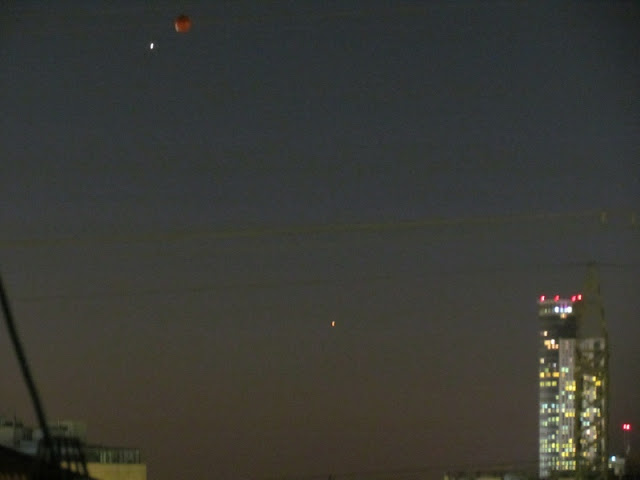Venus is so bright that it is visible in full daylight, and looks as a white bright day on the blue sky. It is more easy to see Venus when it is far from the Sun, and less affected by its glare. Follow these instructions to see Venus in the day. First of all make sure that the sun is blocked by a building or a tree. The Sun light is very strong and it will make the task of finding Venus much harder.
- Try to see Venus immediately at sunset. This should be quite easy. Remember the spot that you are stand in and make references to other visible items such as buildings or trees. Stand in the same position a day after but 20 minutes before sunset and try to locate Venus a little up and to the east from where it was a day before. Do so for several days, each time a little earlier.
- Use the moon to locate Venus. At least once a month the moon is close to Venus. Find the moon first. The moon is much larger than Venus. and is it easier (Although may require time as well) to find it. After finding the moon try to locate Venus. Use maps or internet sites (such as heavens-above) to find out where Venus is relative to the moon.
- Use binoculars to locate Venus. Safety first, make sure that the sun is completely blocked and that you can not accidentally look directly at it through the binculars! Although Venus is bright, It will not appear through binoculars if they are not focused properly. In order to use binoculars, focus it beforehand (In the evening before) on Venus and make sure that the focus does not change. Now the binoculars are focused and you can use them to see Venus in the day. After you find Venus through the binoculars, try to see it without them











